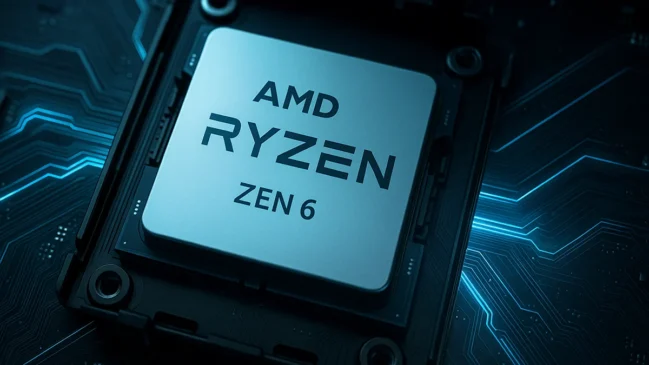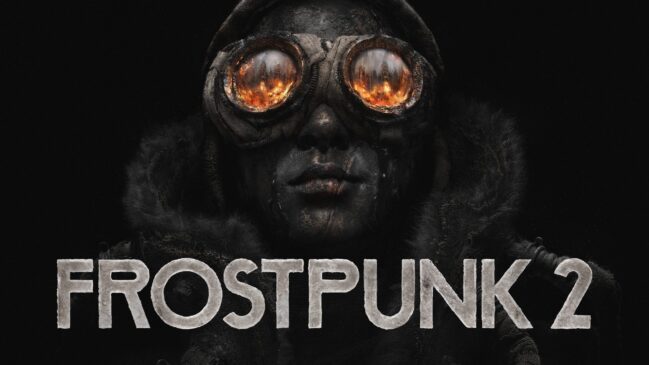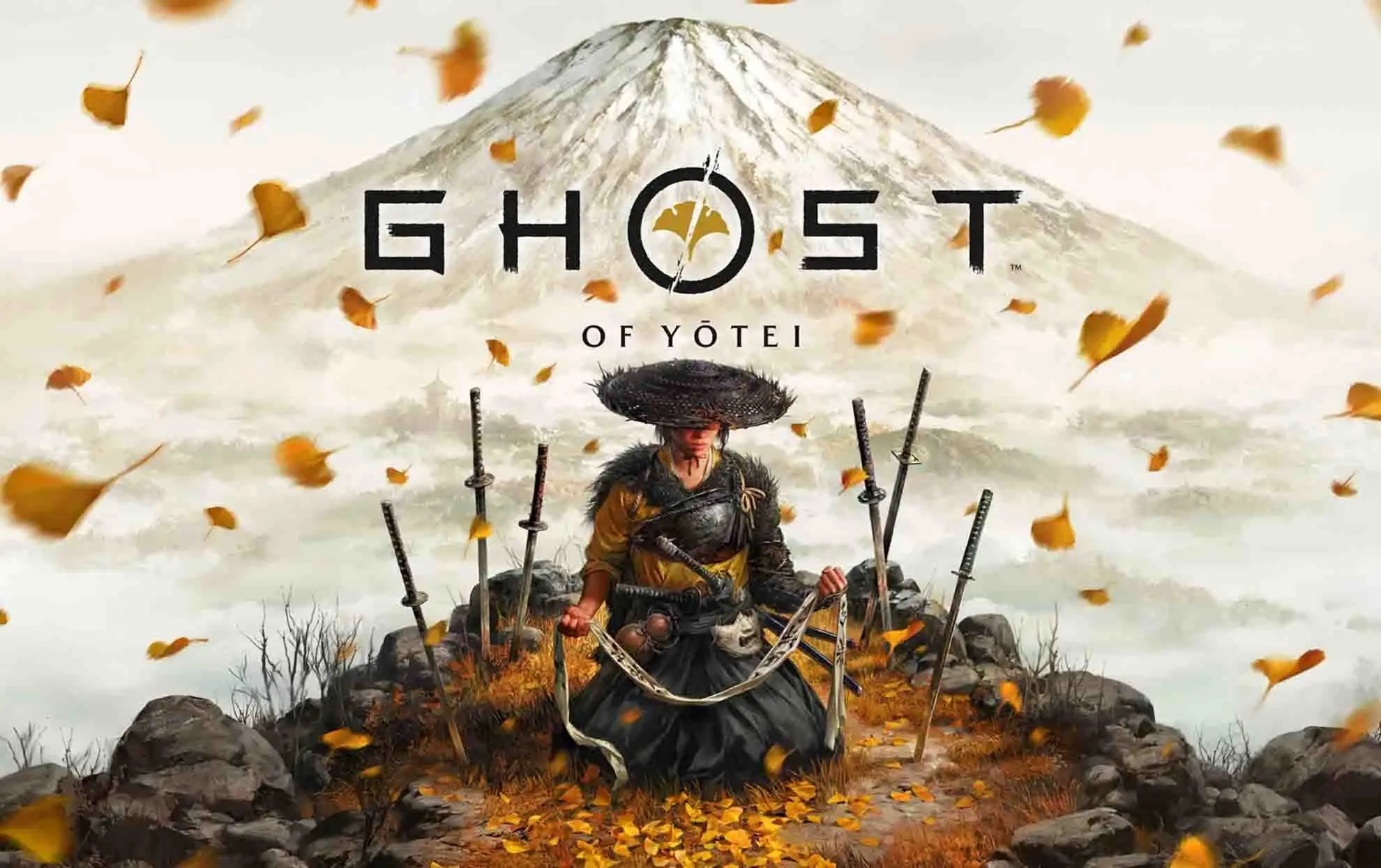
It’s hard to overstate the legacy of Ghost of Tsushima. When it released back in 2020, Sucker Punch delivered a poetic, visually stunning take on the samurai epic, a game that blended quiet reflection with cinematic swordplay. Five years later, Ghost of Yōtei arrives not as a direct sequel, but as a spiritual successor that dares to explore a colder, harsher, and far more personal world.
AT A GLANCE
Developer: Sucker Punch Productions
Publisher: Sony Interactive Entertainment
Genre: Action-Adventure / Samurai / Open World
Platform: PlayStation 5
Story
Ghost of Yōtei wastes no time setting the tone. The game opens with Atsu trudging through a snowstorm, following a trail of blood that leads to a burning village. It’s here you get your first glimpse of what kind of story Sucker Punch wants to tell, not one of heroism or redemption, but of endurance. Atsu isn’t a warrior by birth or training; she’s someone who’s learned to fight because she had no other choice. Her story is a quiet tragedy wrapped in a cycle of vengeance that feels both deeply personal and painfully human.

The core narrative revolves around her hunt for the Yōtei Six — six figures responsible for her family’s murder. Each target represents more than just a name on a list; they embody parts of Atsu’s past, her fears, and her trauma. As she closes in on each of them, the story unravels layers of betrayal and regret, revealing that her path to vengeance isn’t as clear as it seems. Some of these enemies have built families of their own, others regret what they did, and a few have risen to positions of power that make her pursuit nearly suicidal.
Where Ghost of Tsushima often leaned into the mythic side of samurai legends, Ghost of Yōtei stays grounded. Dialogue feels raw and restrained, often carried by silence and subtle expression rather than exposition. There’s an emotional restraint here that works, it trusts players to feel the weight of what’s happening without overexplaining it.
Sucker Punch has also leaned heavily into character development this time. Atsu isn’t just a vengeful spirit; she’s deeply conflicted, often questioning whether she’s become the very thing she’s hunting. Her interactions with supporting characters — a wandering monk, a disillusioned ronin, and a mysterious Ainu tracker give the story heart and texture. Each of them challenges her beliefs and adds depth to the game’s central theme: what do you lose when vengeance becomes your only purpose?
The writing shines most in the quiet moments. Whether it’s Atsu sitting by a frozen lake reflecting on her past, or a conversation around a fire where words are few but heavy with meaning, Ghost of Yōtei delivers emotional storytelling without melodrama. It’s less about sweeping historical spectacle and more about the personal scars left behind by violence.
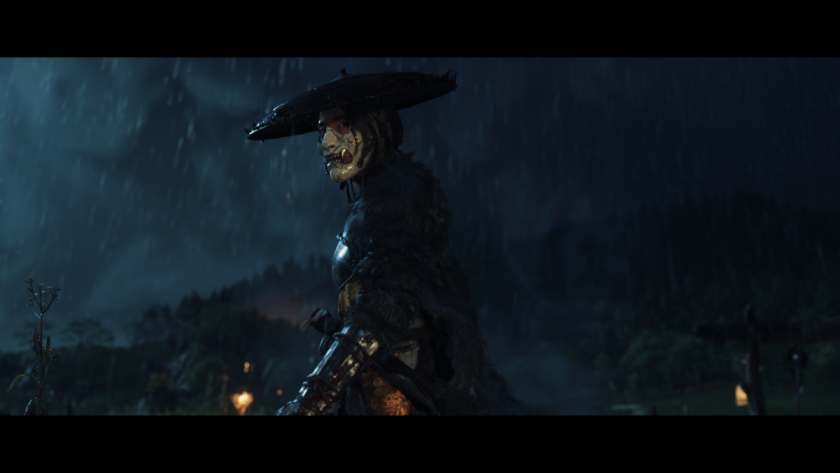
By the time the story reaches its final act, Ghost of Yōtei has transformed from a revenge saga into a haunting meditation on grief and survival. It doesn’t try to top Tsushima in scale — instead, it narrows its focus to tell something smaller, sadder, and ultimately more human.
Gameplay
If Ghost of Tsushima was a balance between stealth, exploration, and cinematic sword duels, Ghost of Yōtei feels like a colder, sharper refinement of that formula. Everything here is tighter, more deliberate, and more punishing in the best possible way. Sucker Punch has taken what worked before and rebuilt it around Atsu’s identity as a survivor rather than a samurai.
Combat is still the heart of the experience, but it’s no longer about honor or elegance. Atsu fights with whatever she can find, from rusty blades and hunting knives to repurposed tools. Each strike feels heavy and desperate, relying more on timing and precision than flashy combos. Enemies hit harder, move faster, and punish mistakes, forcing you to read their attacks and make every swing count. Parrying remains essential, but the smaller timing window makes every duel tense and believable.
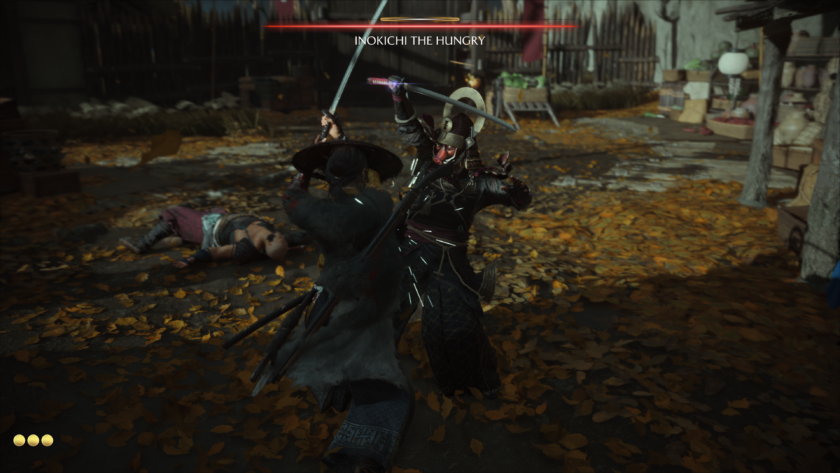
What really stands out about Yōtei’s combat is how much it reflects Atsu herself. She isn’t graceful; she’s practical. You’ll find yourself using whatever the world gives you, throwing sand in an enemy’s face, kicking them into fires, or setting traps deep in the forest. It’s a raw, grounded style of fighting that feels perfectly in tune with her story. The game rewards clever thinking and patience more than brute strength.
Stealth has also evolved in meaningful ways. Atsu doesn’t crouch behind bushes or lurk on rooftops; she moves with the environment. The snowy wilderness changes how you approach every encounter. Footprints can give you away, fog can hide your movement, and the weather can either help or hurt depending on how you adapt. One mission might have you creeping through a blizzard where the wind masks sound but kills visibility. Another might make you rely on torchlight to mislead your enemies.
The new “Resolve and Regret” system is one of the most impressive additions. It replaces Tsushima’s ghost stance with something more psychological. As Atsu kills her targets, her resolve grows, but so does her detachment. The more ruthless she becomes, the more her dialogue and decisions shift to reflect that emotional decay. It’s a subtle but brilliant touch that ties gameplay directly to her mental state, making every kill feel like a step further down a dark path.
Exploration is equally intense. Mount Yōtei’s open world is stunning, but it never feels safe. Wolves prowl the forests, avalanches can strike without warning, and the freezing cold constantly reminds you that the land itself can kill you. Survival mechanics aren’t overwhelming, but they matter; you’ll craft basic gear, hunt to stay warm, and scavenge for supplies. It makes every journey across the tundra feel like it has weight and consequence.
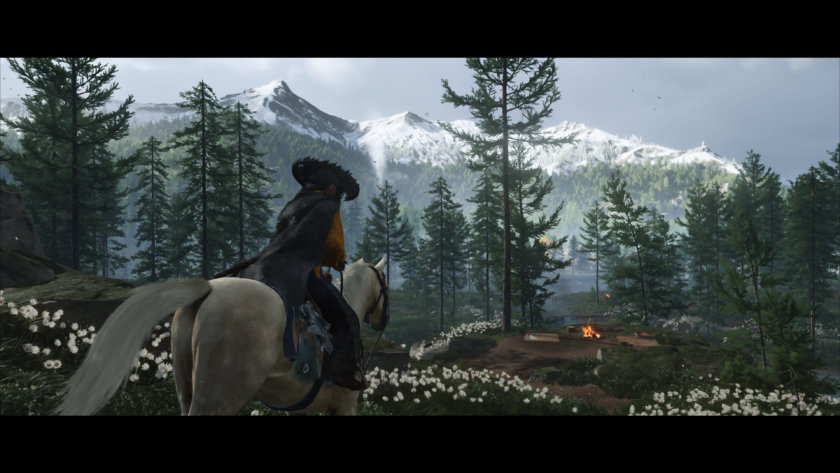
What makes Ghost of Yōtei so satisfying is its rhythm. Every fight feels earned, every quiet moment between villages feels reflective, and every small victory feels personal. The combat might not be as showy as Tsushima’s, but it’s far more intimate and rewarding. It demands patience, thought, and awareness, the same traits that define Atsu’s journey.
Visuals and Audio
From the moment you step into Ghost of Yōtei’s world, it’s clear that Sucker Punch has outdone itself once again. The game is absolutely stunning, not in the bright, postcard-perfect way that Ghost of Tsushima was, but in a colder and more haunting sense. The Ezo region, blanketed in snow and fog, feels alive in its stillness. Every gust of wind, every crunch of footsteps in the frost, and every flicker of firelight paints a picture of a land both beautiful and unforgiving.
The lighting system is one of the game’s biggest visual triumphs. Sunlight breaking through the trees during early dawn creates a soft, eerie glow, while moonlit nights cast long, distorted shadows that add to the tension. Sucker Punch’s use of color is masterful too. Instead of vibrant fields and sunsets, you get muted tones, deep blues, and pale whites that perfectly capture the emotional weight of Atsu’s journey. It’s a different kind of beauty, one that feels heavy but mesmerizing.
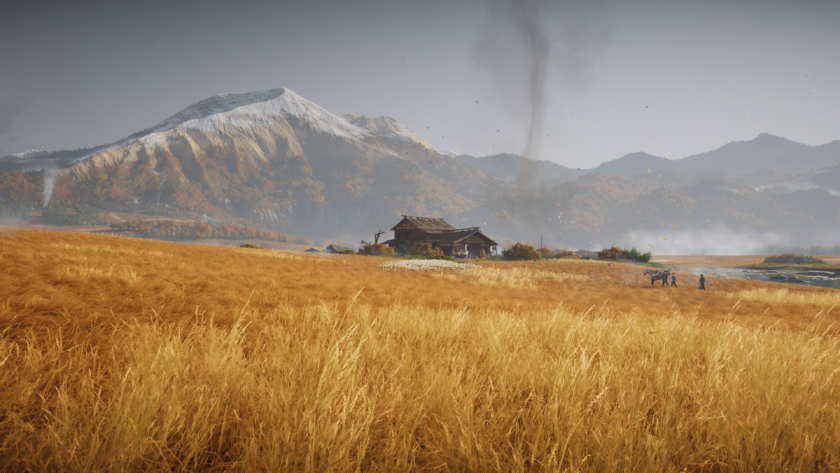
Character models and animations are equally impressive. Atsu’s movements have a grounded realism, whether she’s tightening her grip on a blade, shivering from the cold, or showing subtle changes in posture after a tough battle. The facial animation work deserves special mention. The pain, anger, and weariness in Atsu’s expressions make her one of the most believable protagonists Sucker Punch has ever created. Supporting characters are handled with similar care, their designs reflecting the harshness of the world they live in.
Performance on PS5 is solid throughout. The game runs at a steady frame rate even during chaotic fights or heavy snowfall. The DualSense controller once again plays a huge role in immersion. You feel the resistance in the trigger when drawing a bow, the impact of each sword clash, and even the faint vibrations as you ride through a blizzard. It’s a small touch that makes a huge difference in how connected you feel to the world.
The audio design is nothing short of exceptional. Every sound feels purposeful and atmospheric. The whistling wind, the echo of distant wolves, and the slow crackle of fire in an abandoned home all help to build a sense of place and isolation. The combat audio has real weight to it too, with swords clashing sharply and the silence that follows feeling both eerie and earned.
The soundtrack, composed by Shigeru Umebayashi, blends traditional Japanese instruments with subtle orchestral layers. It’s understated but deeply emotional, often fading in and out at just the right moments. There are stretches of complete silence where only nature speaks, and those moments hit harder than any grand musical cue. When the music does rise, it amplifies Atsu’s determination or the crushing weight of her loss.
Final Thoughts
Ghost of Yōtei is a game that lingers long after the console is turned off. It strips away the mythic heroism of Ghost of Tsushima and replaces it with something colder, more personal, and far more grounded. Atsu’s journey of vengeance is both brutal and heartbreaking, and the game never shies away from showing the cost of her obsession.
The combat feels more intimate and deliberate, rewarding patience, strategy, and creativity over flashy moves. Exploration is tense and immersive, with a world that constantly reminds you how harsh and unforgiving it can be. Visually and audibly, the game is stunning, using muted tones, weather effects, and a haunting soundtrack to create a sense of place that is both beautiful and oppressive.
For fans of samurai stories, revenge epics, or immersive action-adventure games, Ghost of Yōtei is a must-play. It is a game that challenges you, moves you, and reminds you that survival and vengeance come at a very human cost.
Final Score
10/10




